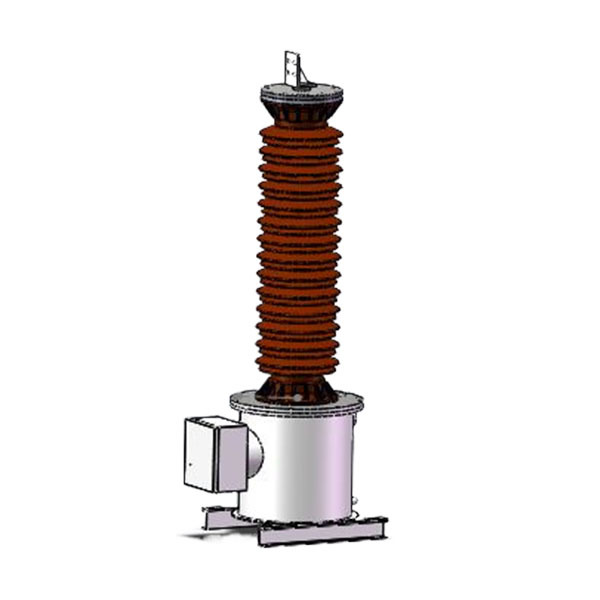Effective Lightning Protection Strategies Using 110kV Composite Jacket Arresters
Release time:
2025-08-07
110kV composite jacket arresters are designed based on the non-linear characteristics of metal oxide varistors, typically zinc oxide (ZnO).
Lightning strikes pose a significant threat to the reliable operation of 110kV power systems. These strikes can induce high-voltage surges, leading to insulation breakdown, equipment damage, and power outages. 110kV composite jacket arresters have emerged as a crucial component in safeguarding power systems against lightning-related hazards. This paper delves into the various strategies for effectively using these arresters to enhance lightning protection.
110kV composite jacket arresters are designed based on the non-linear characteristics of metal oxide varistors, typically zinc oxide (ZnO). In normal operating conditions, when the voltage across the arrester is within the system's rated voltage range, the arrester exhibits a high resistance. As a result, only a negligible leakage current flows through it, ensuring that it does not interfere with the normal operation of the power system.

However, during a lightning strike, a high-voltage surge is introduced into the power line. Once the voltage across the arrester exceeds its set threshold, the arrester's resistance rapidly decreases. This allows a large current to flow through the arrester, diverting the lightning current safely to the ground. By doing so, the arrester effectively limits the voltage surge on the power line, protecting downstream equipment such as transformers, switches, and insulators from the damaging effects of lightning overvoltages. The composite jacket of the arrester offers several advantages. It provides excellent mechanical strength, protecting the internal components from physical damage during installation, operation, and in harsh environmental conditions. Additionally, the composite material has good electrical insulation properties, which helps in maintaining the integrity of the arrester's performance. It also offers enhanced resistance to moisture, pollution, and ultraviolet radiation, making it suitable for use in a wide range of geographical locations.
Latest News
Understanding Sulfur Hexafluoride SF6 Current Transformers: A Comprehensive Overview
Sulfur Hexafluoride (SF6) current transformers are specialized devices used in high-voltage applications to measure current flowing through power lines. These transformers utilize SF6 gas as an insulating and quenching medium due to its superior insulating properties and high dielectric strength. As a result, SF6 current transformers are crucial in ensuring the safe and efficient operation of elec
2025-08-13
Understanding APG Molding Transformers: An Essential Component in Electrical Engineering
APG Molding Transformers represent a specialized type of transformer utilized primarily in electrical engineering contexts.
2025-08-13
Understanding the Importance of 66kV Composite Jacket Lightning Arresters in Safety and Protection
When it comes to safeguarding electrical systems against lightning strikes, the 66kV composite jacket lightning arrester plays a crucial role. These devices are specifically designed to mitigate the impact of lightning surges, thereby protecting transformers, substations, and other critical equipment from damage. The composite jacket enhances durability and performance, making this type of arreste
2025-08-13
A 110kV neutral point porcelain cover lightning arrester operates by diverting excessive voltage away from sensitive equipment, effectively preventing damage
2025-08-13
Effective Lightning Protection Strategies Using 110kV Composite Jacket Arresters
110kV composite jacket arresters are designed based on the non-linear characteristics of metal oxide varistors, typically zinc oxide (ZnO).
2025-08-07
Warmly celebrate the successful power delivery of the Nigeria World Bank Project!
At the start of the year 2024, TKEC welcomes the power delivery to the Nigeria World Bank Project!On January 18, 2024, at 11:00 a.m.
2025-05-21


